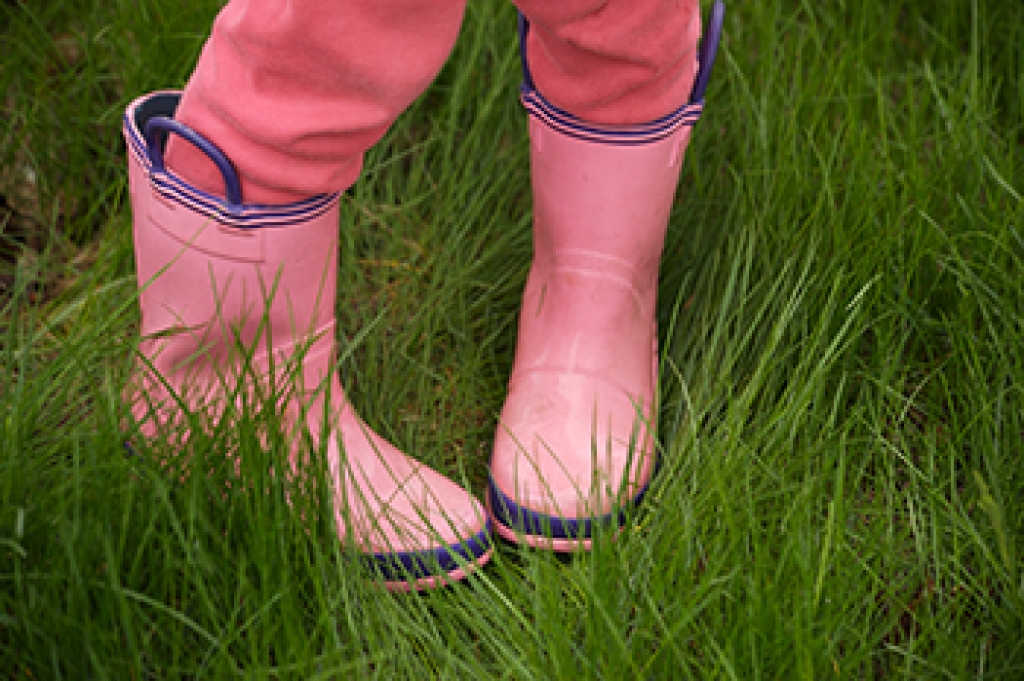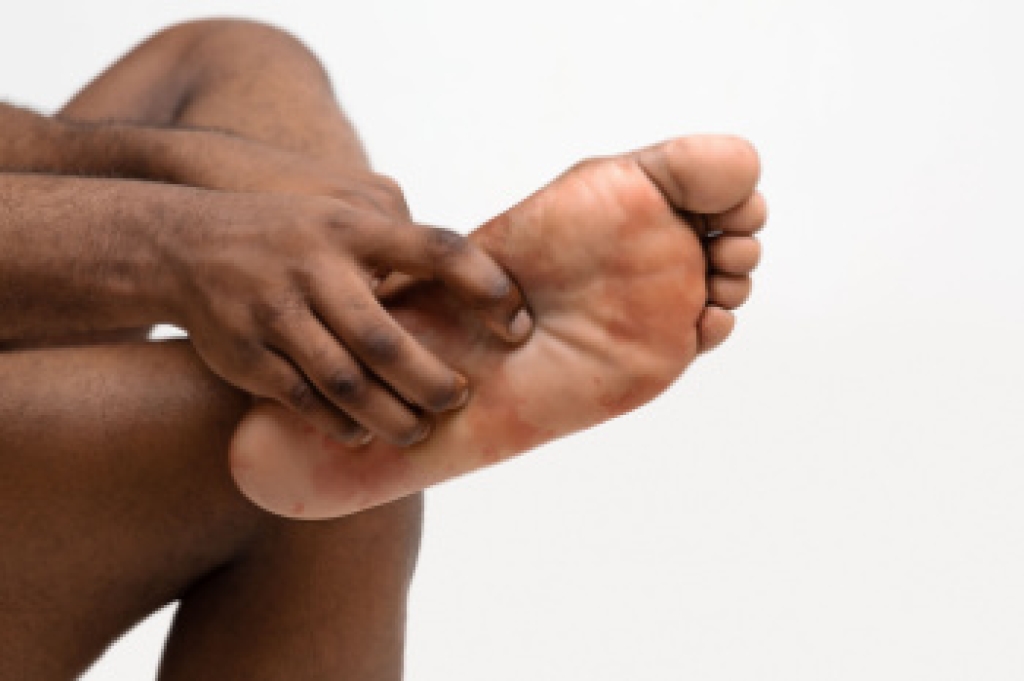
In-toeing, often called pigeon toes, is a common condition where the feet turn inward when walking or running. It frequently appears in young children and, in most cases, corrects itself as they grow. The cause can vary from how the bones in the legs or feet develop to tightness in the hips. While many children with in-toeing have no pain or difficulty, some may trip more often or feel discomfort after activity. Most cases improve naturally without intervention, but there are instances where treatment may be necessary. If in-toeing is severe, causing pain, or not improving over time, a podiatrist can evaluate whether corrective measures such as stretching exercises, braces, or specialized footwear are needed. Addressing concerns early can help ensure proper foot alignment and prevent future issues. If you have concerns about your child’s walking pattern, it is suggested that you see a podiatrist for a proper diagnosis and appropriate treatment.
Making sure that your children maintain good foot health is very important as they grow. If you have any questions, contact one of our podiatrists of Footcare Now. Our doctors can provide the care you need to keep you pain-free and on your feet.
Keeping Children's Feet Healthy
Having healthy feet during childhood can help prevent medical problems later in life, namely in the back and legs. As children grow, their feet require different types of care. Here are some things to consider...
Although babies do not walk yet, it is still very important to take care of their feet.
Avoid putting tight shoes or socks on his or her feet.
Allow the baby to stretch and kick his or her feet to feel comfortable.
As a toddler, kids are now on the move and begin to develop differently. At this age, toddlers are getting a feel for walking, so don’t be alarmed if your toddler is unsteady or ‘walks funny’.
As your child gets older, it is important to teach them how to take care of their feet.
Show them proper hygiene to prevent infections such as fungus.
Be watchful for any pain or injury.
Have all injuries checked by a doctor as soon as possible.
Comfortable, protective shoes should always be worn, especially at play.
If you have any questions, please feel free to contact our offices located in Elmhurst Jackson Heights, Astoria, Rego Park, and Forest Hills, NY . We offer the newest diagnostic and treatment technologies for all your foot care needs.




